Introduction: In a world where attention spans are fleeting, explainer videos have become the go-to medium for businesses looking to
Continue reading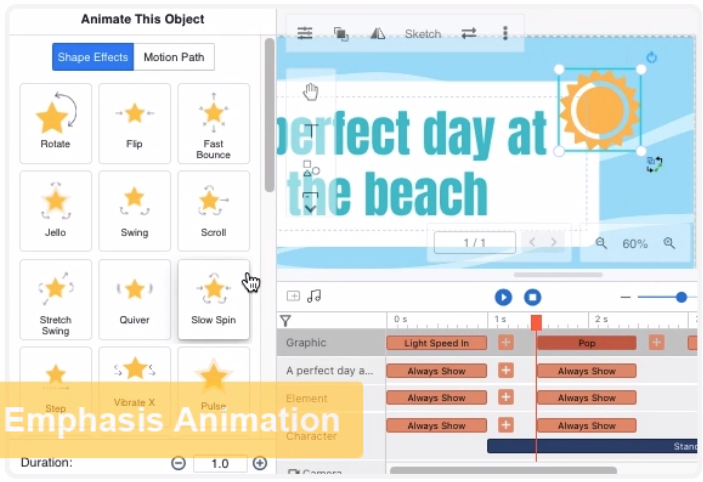
Learning one new thing everyday


Introduction: In a world where attention spans are fleeting, explainer videos have become the go-to medium for businesses looking to
Continue readingIntroduction: In the ever-evolving digital landscape, businesses are continuously seeking innovative solutions to amplify their product conversations and streamline productivity.
Continue reading
In this era of ubiquitous digital presence, where attention spans are dwindling and information overload is the norm, capturing and
Continue reading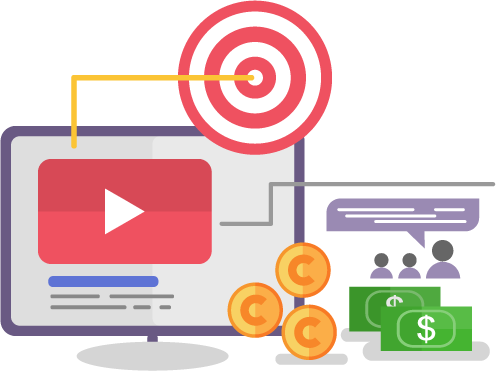
Thriving in today’s fast-moving digital landscape requires the ability to captivate and maintain your audience’s attention, particularly when it involves
Continue reading
In today’s competitive business landscape, standing out from the crowd is crucial for building a strong brand presence. Video marketing
Continue reading
In today’s digital age, effective marketing goes beyond mere words on a screen. To truly captivate your audience and leave
Continue reading
A picture is worth a thousand words So just imagine the value that a video holds. Video is an incredibly
Continue reading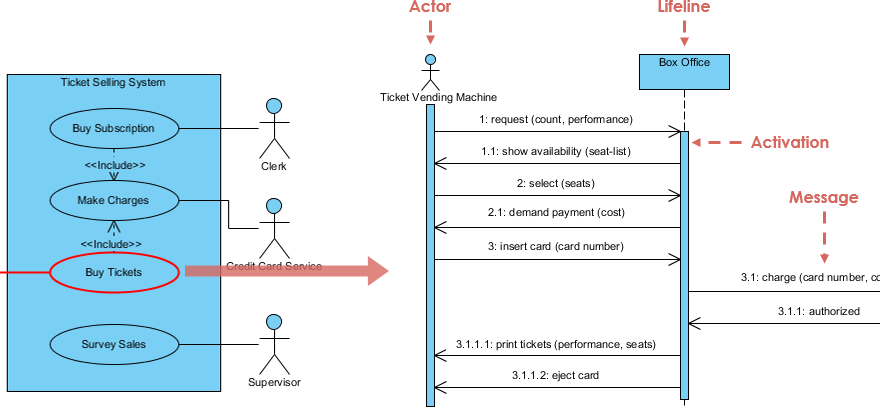
Introduction: Use case analysis is a crucial step in software development that helps in understanding and defining the system’s functionalities
Continue reading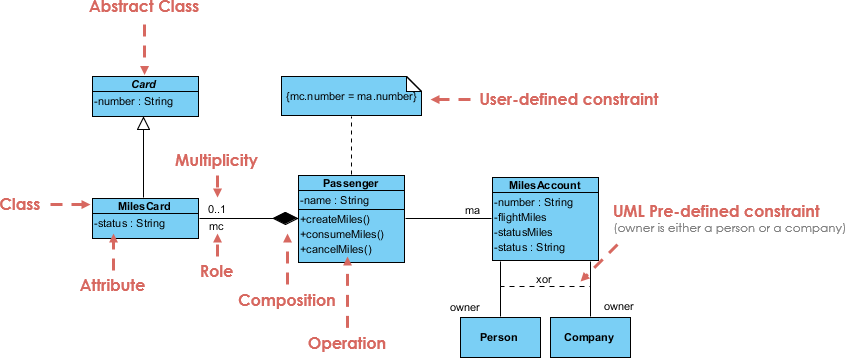
Introduction Unified Modeling Language (UML) serves as a powerful tool in the realm of software design, offering a graphical language
Continue reading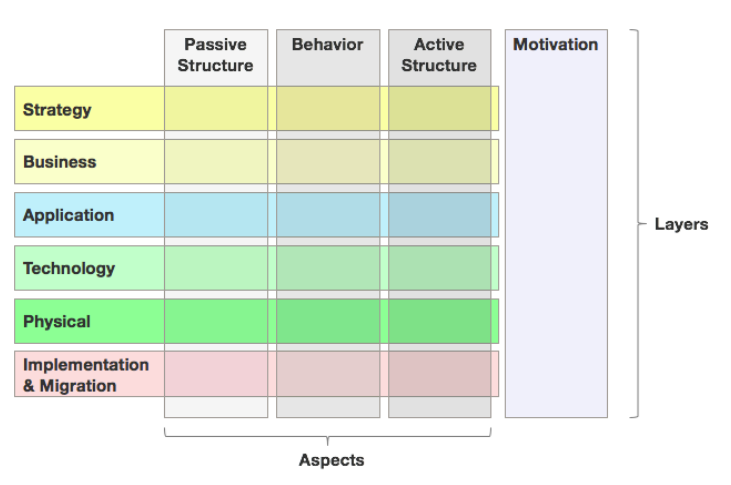
Introduction In the ever-evolving landscape of enterprise architectures, effective communication is paramount. The ArchiMate® standard emerges as the international graphical
Continue reading